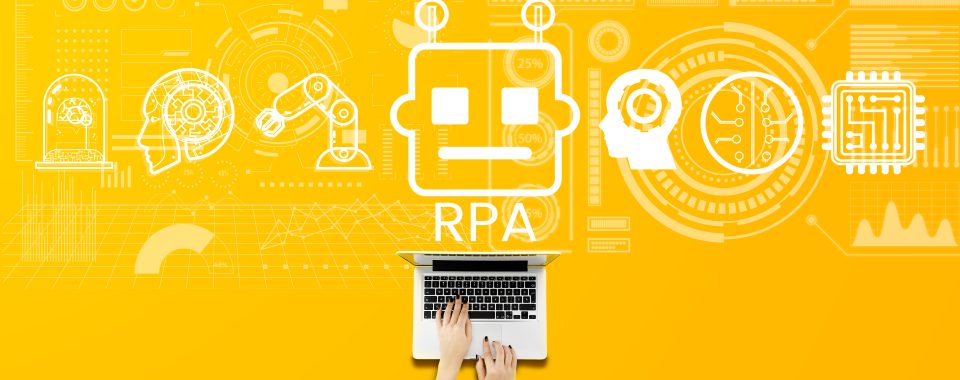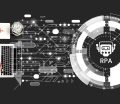
In the ever-evolving landscape of technology, businesses are constantly seeking innovative solutions to enhance efficiency and productivity. Robotic Process Automation (RPA) and Artificial Intelligence (AI) have emerged as powerful tools in the automation arsenal. However, despite their similar goal of streamlining processes, these two technologies differ significantly in their scope, functionality, and applications.
- Definition and Purpose:
- RPA (Robotic Process Automation): RPA involves the use of software robots or “bots” to automate repetitive and rule-based tasks. These bots mimic human interactions with digital systems and applications, executing tasks such as data entry, form filling, and data extraction.
- AI (Artificial Intelligence): AI, on the other hand, encompasses a broader range of technologies that enable machines to perform tasks that typically require human intelligence. This includes learning, reasoning, problem-solving, perception, and language understanding.
- Nature of Automation:
- RPA: RPA focuses on automating structured and repetitive tasks. It excels in scenarios where rule-based processes can be precisely defined, making it ideal for tasks with clear input-output relationships.
- AI: AI, being more sophisticated, is capable of handling unstructured data and tasks that involve decision-making, pattern recognition, and learning from experience. It is adaptive and evolves as it encounters new data.
- Learning and Adaptability:
- RPA: RPA operates based on predefined rules and instructions. It lacks the ability to learn or adapt on its own, making it less flexible in dynamic environments.
- AI: AI, especially machine learning (ML), is designed to learn from data patterns. It adapts to new information, improving its performance over time. This adaptive capability makes AI suitable for tasks with evolving requirements.
- Use Cases:
- RPA: RPA is well-suited for tasks involving data entry, data extraction, invoice processing, and other rule-based processes. It is effective in industries like finance, human resources, and customer service.
- AI: AI finds applications in a broader spectrum, including natural language processing, image recognition, predictive analytics, and autonomous decision-making. Industries like healthcare, marketing, and manufacturing leverage AI for complex problem-solving.
- Human Interaction:
- RPA: RPA complements human activities by automating routine tasks, allowing employees to focus on more strategic and creative aspects of their work.
- AI: AI has the potential to augment human capabilities by providing insights, recommendations, and handling tasks that require cognitive abilities.
While RPA and AI share the common goal of automation, their differences lie in the nature of tasks they handle, their learning capabilities, and the complexity of problems they can solve. Businesses often find success by strategically combining RPA and AI to create a comprehensive automation strategy that addresses both routine and complex challenges, ultimately driving operational efficiency and innovation in the digital era.








